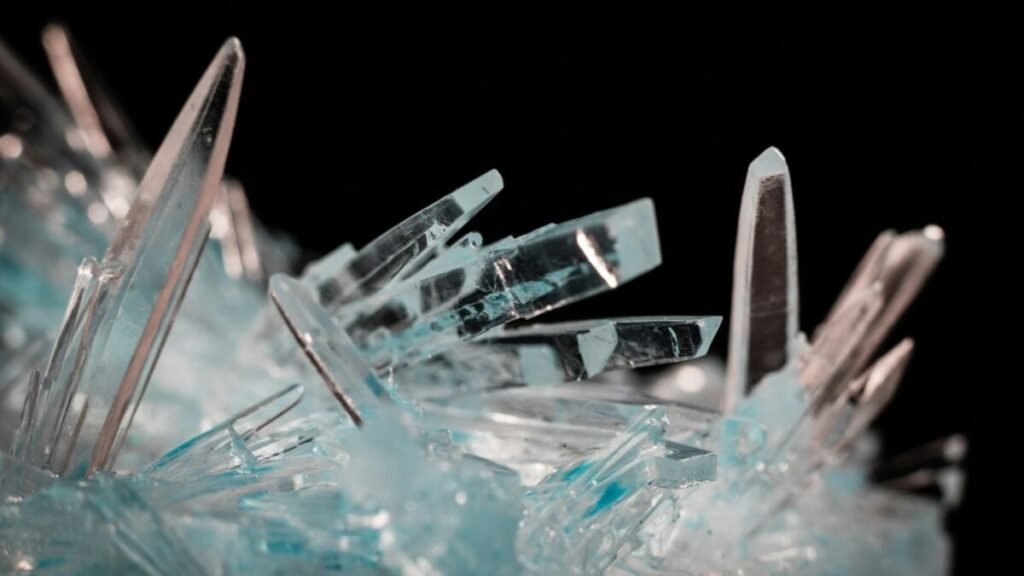X-ray crystallography: the technique that decoded DNA, traveled to Mars, and continues to set the course of science

In 1915, William and Lawrence Bragg received the Nobel Prize for laying the foundations of X-ray crystallography, a technique that reveals how atoms are organized within crystals. Their discovery changed the way we study matter: from proteins to minerals, everything can show its intimate architecture under the light of X-rays.
A century later, in 2012, NASA conducted the first experiment of this kind on Mars, analyzing the sand of the red planet in search of traces of water. That feat demonstrated that crystallography belongs not only to terrestrial laboratories but also to space exploration.
### How it works and why it is so powerful

The principle is simple: when X-rays pass through a crystal, they are deflected following regular patterns. By studying these traces, scientists can reconstruct a three-dimensional map of the atomic structure of the substance.
This has led to diverse achievements such as the discovery of insulin’s structure, paving the way for its mass production. It also helped reveal the structure of penicillin and vitamin B12, milestones that earned Dorothy Hodgkin the Nobel Prize in Chemistry in 1964. Additionally, it played an important role in obtaining the famous “Photo 51” by Rosalind Franklin, a key piece for Watson and Crick to decipher the DNA double helix.
Today, it is used to design cancer drugs, investigate the structure of viruses, and even understand how ice degrades on comets.
### Pioneering women and a legacy with more than 20 Nobel Prizes

Although the field was inaugurated by the Braggs, numerous women have made their mark. Dorothy Hodgkin spent over three decades mapping insulin, while Rosalind Franklin provided the visual evidence that allowed DNA to be deciphered.
In the words of Nobel laureate Max Perutz, X-rays revealed the “intrinsic beauty beneath the rough surface of things,” reflecting how crystallography connects science and aesthetics.
### A technique of the past or the future?
Some believe that cryo-electron microscopy or artificial intelligence could replace it, but experts like Chrystal Starbird warn that there are still many structures that only crystallography can decipher. With new applications in biomedicine, energy, and space exploration, its role is far from over.
In fact, scientists already envision a future where crystallography instruments travel to comets or distant moons to analyze ice and compounds never seen before.
Source: [Fuente: ]






